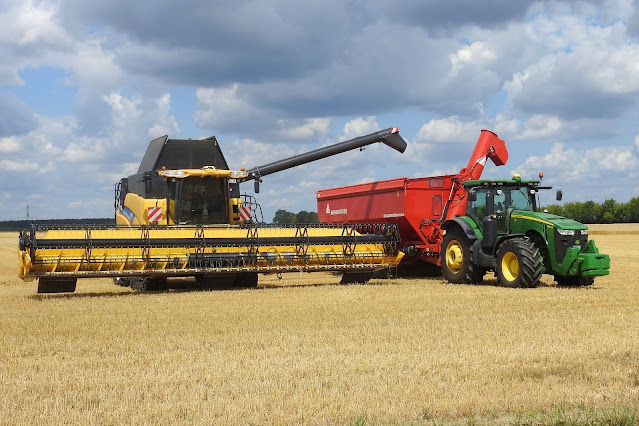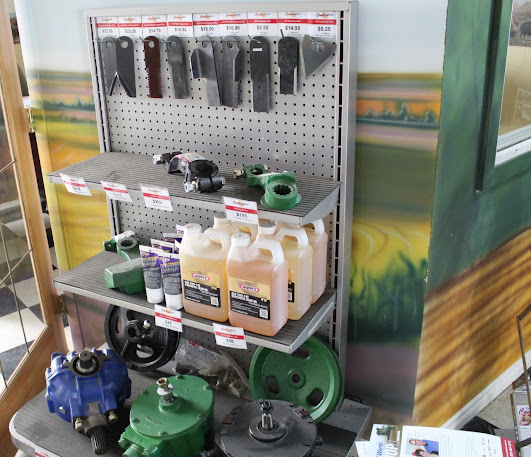How To Use A Combine Harvester In An Efficient Manner
If you know how to use a combine harvester then there are undeniable benefits that make it a favorite for the farmer to bring in his harvest. One has to keep the harvester in readiness and use the proper method of deploying it to get the best benefit. Here are the steps a farmer can use to start his farming operations.
Prepare the Combine for the Field
Check the tightness of the belt, grease bearings, and oil the chains before you take the harvester out to the field. There are the engine and the battery and see whether all the safety shields are in their proper places. Load the fire extinguisher. Then, use the moving trailer to get the combine to the field. Unhitch it from the trailer and attach the header to the combine.
Check the field for pits and stones and get the feel of the combine as it moves on the ground. Ensure the proper functioning of the header control and position the combine for the harvesting. The above steps are part of the checklist related to how to use a combine harvester.
Check for Rotor Loss
When you make the initial run, stop the harvesting and go check the ground. If there are over four kernels per square foot, adjust the header speed. Two kernels per square foot amount to 1 bushel per acre. This loss is permissible and harvest losses of 10% or more are commonplace.
Use string or wooden stakes to measure the number of kernels. You can back up the combine 20 feet and count the total kernels. Divide this answer by 20 to get the loss per square foot. The field losses are of two broad types, pre-harvest and harvest losses.
Timing for the Harvest
The correct time for the harvest is when 80% of the grain is straw-colored. The moisture content is 20-25% and at least 20% of the panicle base has reached the hard dough stage. If you harvest too early, you will get too many immature kernels, and leaving it too late will lead to grain damage.
Set the machine at the right threshing speed. To begin, use the factory setting or use the setting given in the operator’s manual. It depends on the number of kernels entering the combine, moisture content, presence of weeds, and so on.
Watch the Grain Quality
To reduce the amount of grain damage to the least value, one must increase the grain on grain threshing and prevent the grain on machine side threshing. You can do this by adjusting the speed of the crop flow.
Keep the Settings at Best Level
● Set the concave clearance to avoid damage to the cobs.
● Open the sieves to let the grain fall through freely.
● The material must flow uniformly; adjust the ground speed for this.
● Increasing rotor speed above 300 rpm will damage the grain. First, try to increase the clearance before you adjust the rotor speed.
Doing the maintenance operations for the harvester will help one get it in shipshape condition for the harvest. The harvester adds profit to the farmer, but if he is not careful, it will increase his losses. The features of the modern harvester make the harvester indispensable because it saves the farmer a whole load of work. How to use a combine harvester? The mentioned tips will be answering your question.





Comments
Post a Comment